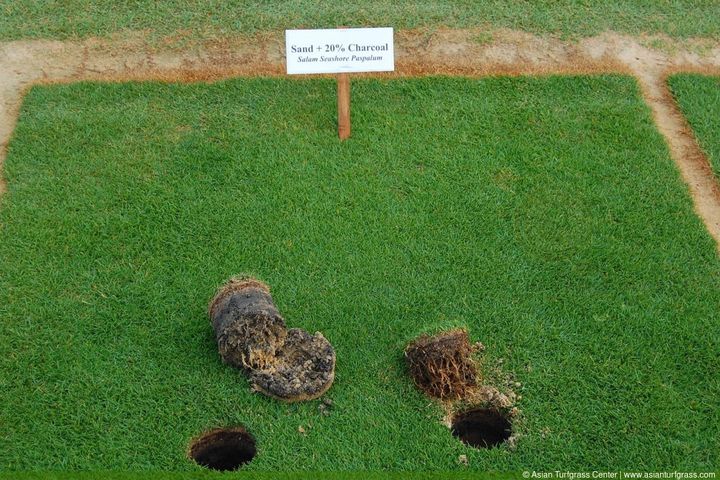Is carbon "the next frontier in fertilization?"
An article in Crops & Soils discusses soil health, carbon fertilizer, and managing carbon. The conclusion is: “forget about fertilizing with carbon.”

There is an interesting article about carbon by Bryan G. and Tyler J. Hopkins in Crops & Soils magazine. Here’s a quick summary, put together with a series of quotes from the article.
Introduction
“Plants are a factory of sorts whose product is carbon-containing sugar (C6H12O6) with oxygen (O2) gas as a byproduct.”
Soil health
“Recently, it has become popular to refer to soil health. Fertility is a major component of ‘healthy’ soils, and carbon is an essential component of fertile soils.
Agricultural and urban soils tend to have a typical range of 2 to 5% organic matter (OM), with arid regions and sandier soils on the lower end and areas with high precipitation and heavier-textured soils on the upper end of the range. This OM is comprised of humin, humic acid, fulvic acid, and other carbon-containing compounds derived from dead plants and organisms. The composition of the OM is similar to the living organisms from which it is derived with about half of the mass being carbon (texts often cite ~58% of OM is carbon).”
Carbon fertilizer
“Should we be applying carbon fertilizer? The answer is … no. Although the carbon content of the atmosphere is far less than 1%, plants capture it efficiently; it is their mission in life. As a rule, plants are not carbon deficient.
What about applying solid forms of carbon to the soil? This is doable and promoted at an alarming rate. There are a wide variety of compounds on the earth that contain carbon, but is it wise to add them as fertilizer? It is true that many compounds containing carbon have been documented to positively impact plants. A notable example is urea fertilizer [CO(NH2)2], which contains one atom of carbon for every two atoms of nitrogen.
We’ve conducted more than two dozen trials over two decades on a variety of species from turfgrass to row crops comparing a negative control (nothing added) versus various ‘carbon fertilizers.’ As all of these products also contained other nutrients, the nutrient concentration was matched (minus the carbon) and compared as a positive control. For example, in one trial, a carbon-based fertilizer also had 3-1-2-3 (N-P2O5-K2O-S) nutrient concentrations; thus, we added these other nutrients in the form of ammonium sulfate, monoammonium phosphate, and potassium chloride (micronutrients were also added to match).
The results have been approximately the same for all. Fertilization resulted in about a 5% increase in yield/growth regardless of fertilizer source … The effect on yield/growth was due to nutrients other than carbon. The so-called carbon fertilizer did not impact carbon status in the plant in any case.
To further illustrate this point, many compounds containing carbon have been documented to negatively impact plants. A notable example is glyphosate herbicide. … It is erroneous to conclude that the carbon is what kills plants. Yes, carbon is part of the molecule, but it is the entire sum of the parts that makes this molecule effective and not any individual atom.”
Managing carbon
“Forget about fertilizing with carbon … Use products proven scientifically in replicated research via unbiased, third-party sources. Some of these will be carbon-based and others will not. In general, whether it’s urea or glyphosate, the presence of carbon is an important part of the sum of the molecules’s effectiveness, but carbon nutrition is not the reason for the response.”